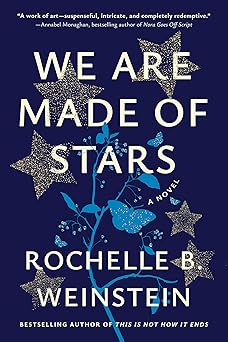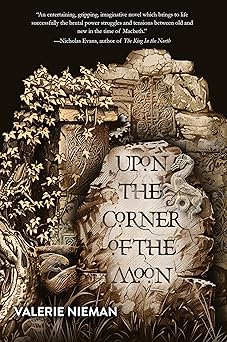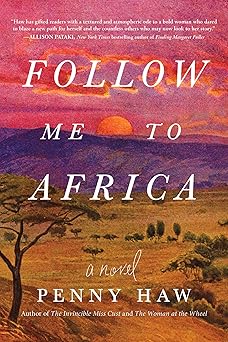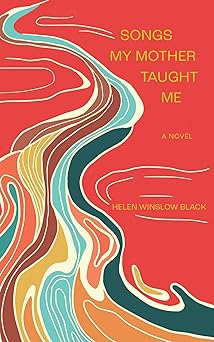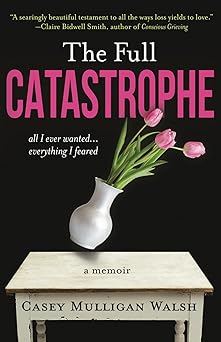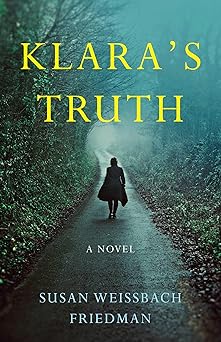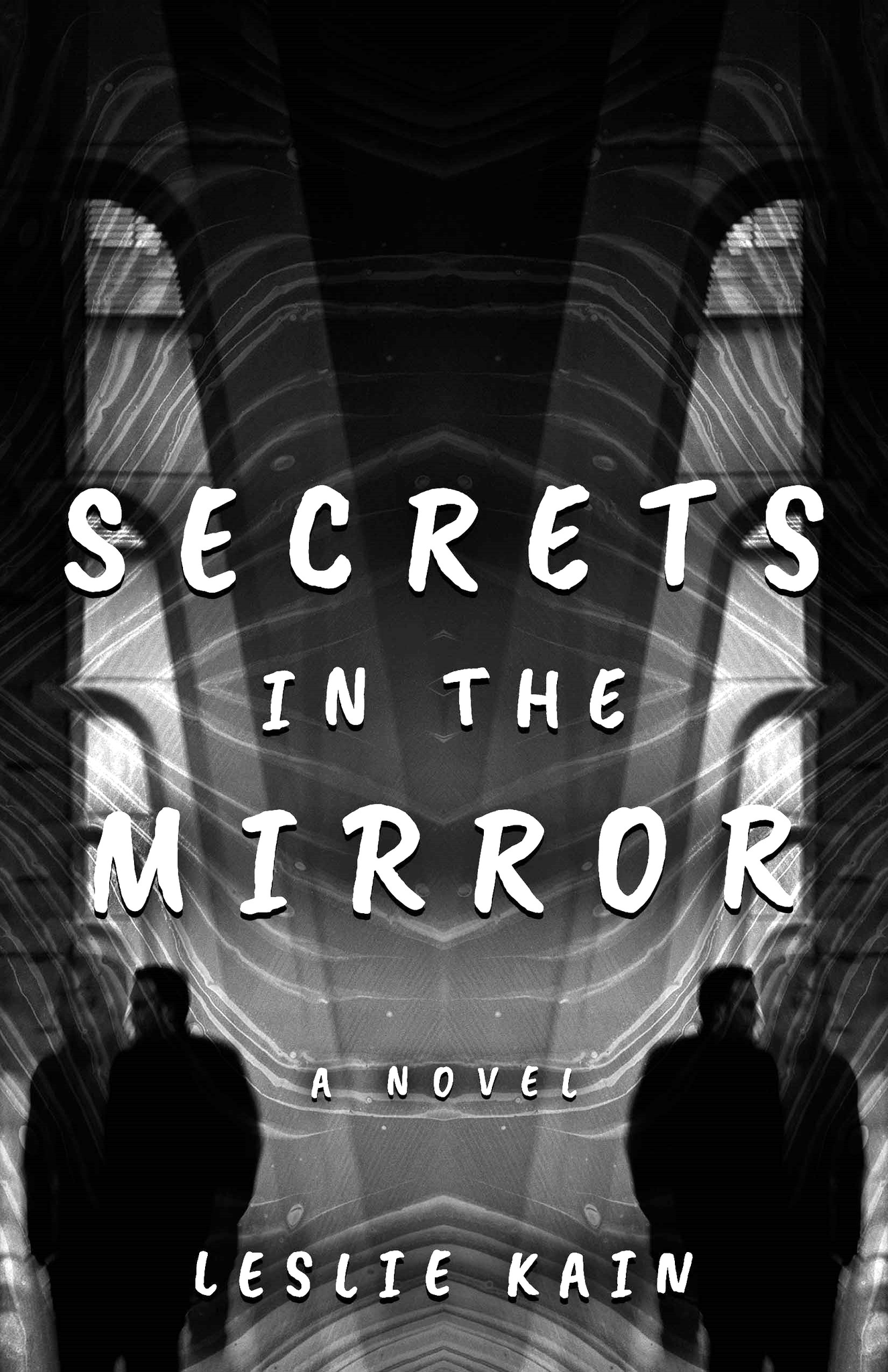The Secret Life Of Sofonisba Anguissola—The Most Famous Woman You’ve Never Heard Of
New Novel by Melissa Muldoon—“The Secret Life of Sofonisba Anguissola—the most famous woman you’ve never heard of.”
Writing in the time of Covid.
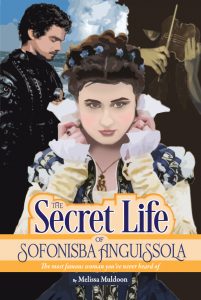 Despite these uncertain times of Covid, writing a historical novel about Sofonisba Anguissola set in the sixteenth century has been a gratifying and fulfilling experience. It provided me with a much-needed outlet from modern problems, allowing me to immerse in a world of my creation and focus instead on a delightful cast of characters.
Despite these uncertain times of Covid, writing a historical novel about Sofonisba Anguissola set in the sixteenth century has been a gratifying and fulfilling experience. It provided me with a much-needed outlet from modern problems, allowing me to immerse in a world of my creation and focus instead on a delightful cast of characters.
When I write, sometimes up to ten hours a day, the exterior world ceases to exist—so throughout this precarious and unpredictable year, exploring Sofonisba’s life and writing this new novel has been a perfect escape!
Who is Sofonisba Anguissola, and why would I choose to write a novel about her?
Not only is Sofonisba Anguissola an uncommon name, but it is also one that, for many years, has gone unnoticed and forgotten along with her masterful portrait paintings. But Sofonisba is important because she reached international acclaim as an influential artist during the Renaissance by her ability to dare to dream far beyond the limitations set for women during her era.
She studied with Michelangelo, was praised by Vasari, became the court painter for King Philip of Spain, and taught his wife, Catherine de’ Medici’s daughter, to paint. Sofonisba didn’t marry until her mid-thirties, desiring instead to establish herself as a prominent and respected painter. As the years passed, despite her advanced age, she never surrendered her brush; she continued to travel and paint well into her eighties, always improving her skills and encouraging and inspiring other artists.
I came up with the idea to write about Sofonisba during the summer of 2019. As with my previous novels, my goal is to bring art and Italian personalities to life and shed light upon them so that a contemporary audience can relate to them in a personal way; I wish to inform, entertain and inspire further investigation.
As a student and art historian, I have always been aware of Sofonisba but only knew what I had gleaned from brief entries in textbooks and dry fact-based internet articles. But as my research intensified, and I registered all the places Sofonisba had traveled, as well as the people she had met—dukes, duchesses, kings, queens, Michelangelo, even a dashing sea captain—my creative juices started flowing.
Soon I was weaving together an imaginative story of how Sofonisba had come to know all these fascinating individuals and demonstrate how she rose to fame and left her mark on the world.
Work on The Secret Life of Sofonisba Anguissola got underway in January of this year as I brainstormed a seventy-five-page handwritten outline. In March, just as news of the pandemic reverberated around the world, I was in the middle of transforming the blocked out chapter notes into a typed-up first draft.
Over the next couple of months, as lockdown intensified and I moved onto my second and third drafts, life didn’t change that much for me.
Despite quarantining, I continued my normal writer’s routine. When I’m not traveling in Italy with my language groups—and this year, of course, I couldn’t—you can inevitably find me in my home office in Austin, Texas. Without a doubt, you will also find two beagles at my feet and a cup of espresso on my desk as I type madly away on my Mac computer—aggravating the carpal tunnel syndrome in my wrists. When I am in the throes of writing, I rise early, although not a morning person, and work well into the wee hours of the night—I find that is when I do my best creative thinking.
In my fiction writing, I like to focus on strong female characters, and in this respect, The Secret Life of Sofonisba Anguissola is no different. But this new novel is also a bit of a departure from my previous books. Instead of telling two parallel stories and shifting between contemporary and historical time frames, I decided to focus on one heroine, set entirely in one time period.
I felt Sofonisba’s story was rich and elaborate enough, with lots of twists and turns, to develop a tale entirely based on one female lead character. Still, the novel’s arc is a wide one as it takes the reader on a journey from when Sofonisba was a young girl in Cremona to old age in Genova, and we meet many interesting personalities along the way.
The story opens with her talking with Anthony Van Dyck, the Flemish portrait painter who visits her and to whom she tells her story and divulges the secrets of her life. This storytelling method allowed me to explore Sofonisba’s character in a more personal and intimate way, revealing her private thoughts and her innermost yearnings.
The action in the novel moves from Cremona, Sofonisba’s hometown in northern Italy, to Rome, Milan, Spain, Sicily and Genova. Each section of the artist’s life was enjoyable to develop, but none more so than her days in Madrid. Very little is known about the time Sofonisba spent at the Spanish court.
Still, during my research, I was fortunate to happen upon a compilation of Queen Elisabeth of Valois’s original diary entries. It opened my eyes to the antics of court life and the disturbing character of Philip’s son Don Carlos. As it is well-documented that Sofonisba painted a portrait of the “mad” prince, I knew she would have been aware of Don Carlo’s troubling behavior. It also pleased me to incorporate a bit of spy-craft into the plot, as espionage and intelligence gathering were very much a part of covert court life during the sixteenth century. The whole premise of spying, coverups, and unconventional lifestyles fit nicely into the theme of “the secret life” of Sofonisba and untangling her “true” story.
 The challenging part of writing this particular novel was conveying historical and political events and critical information a contemporary reader needs to know to make sense of the story while avoiding “information dumps.” For example, without being too heavy-handed, I needed to paint a picture of sixteenth-century tensions between Spain and England, the discord between the papacy and the church of England, the unease in the Netherlands, and the corroding feudal system in Sicilia.
The challenging part of writing this particular novel was conveying historical and political events and critical information a contemporary reader needs to know to make sense of the story while avoiding “information dumps.” For example, without being too heavy-handed, I needed to paint a picture of sixteenth-century tensions between Spain and England, the discord between the papacy and the church of England, the unease in the Netherlands, and the corroding feudal system in Sicilia.
The fun and surprising part of writing this novel was developing the romantic relationship between Sofonisba and Orazio, a sea captain five years her junior. When I learned the couple married in real life against the wishes of Sofonisba’s brother and went on to live happily together for over forty years and that Orazio inscribed the most beautiful and romantic epitaph upon his wife’s gravestone when she died at age eighty-three, I instinctively knew there was a remarkable love story to be told—not only Sofonisba’s love for art but her love for the man who captured her heart.
Just as the year of Covid draws to a close, my new novel is due to be released on December 8th and will be available on Amazon in print and epub. I invite you to take a break from pandemic worries and escape to the sixteenth century with Sofonisba Anguissola—the most famous woman that now you have heard of!
Contact information:
For more information visit Melissa’s author webpage: MelissaMuldoon.com & Amazon Author page (https://www.amazon.com/Melissa-Muldoon/e/B01LYC7163)
To find Melissa on her other Social Media platforms please visit Linktree where all Social Media links are conveniently compiled for Facebook, Twitter, Instagram, Pinterest, Youtube, Goodreads and her other websites (https://linktr.ee/MelissaMuldoon)
— Kate Braithwaite, author of Charlatan, The Road to Newgate
“Spectacular writing, intriguing art and history, inspirational characters – these things all combine to create a story of excellence. I was completely enthralled with Sofonisba Anguissola – it’s a story of vision, strength, and determination that history and art enthusiasts, along with romance and intrigue fans will enjoy.” — Reader Views
Category: Contemporary Women Writers, How To and Tips




